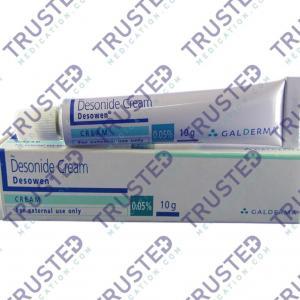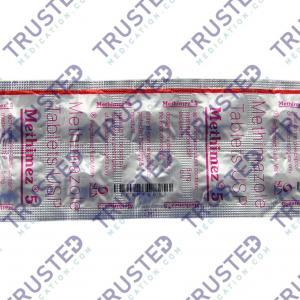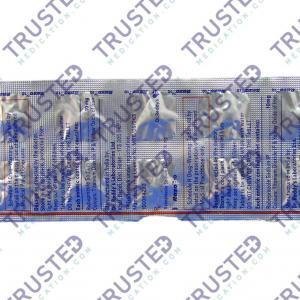
Eating disorder is a serious concern that affects people of all ages, gender, race, and backgrounds. People with eating disorders confront difficult situations and feelings through eating. Similarly, some people limit the amount of food they eat, others consume large quantities of food at once, some get rid of food through unhealthy means, or some combine all of these strategies.

Symptoms of Eating Disorder
- The physical signs and symptoms of an eating disorder are related to starvation.
- Behavioral and emotional issues related to anorexia include an unrealistic perception of body weight and a great fear of gaining weight.
- Emotional and behavioral symptoms often include restricting food intake through dieting or fasting.
- Frequently skipping meals or refusing to eat and denial of hunger.
Nine Types of Eating Disorder
- Anorexia nervosa. It generally develops during adolescence or young adulthood and tends to affect more women than men. In addition to having a reduced body weight compared to people of a similar age and height, anorexia nervosa is characterized by being significantly underweight.
- Bulimia nervosa. Those who suffer from bulimia tend to consume unusually large amounts of food within a short time. During a binge, the person usually feels that they cannot stop eating or control how much they are eating.
- Binge eating disorder. During adolescence and early adulthood, this eating disorder is one of the most common. However, it can also arise later in life. People with binge eating disorders often have overweight or obesity. This may increase their risk of medical complications linked to excess weight.
- Pica. It involves eating things that are not considered food. Individuals with pica crave non-food substances. Pica can occur in adults, as well as children and adolescents.
- Rumination disorder. It is a newly recognized eating disorder. This refers to the regurgitation of food that has previously been chewed and swallowed, re-chewing it, and then re-swallowing it or spitting it out again.
- Avoidant/restrictive food intake disorder. It is commonly associated with disturbed eating due to a lack of interest in eating or distaste for certain colors, textures, tastes, or smells.
- Purging disorder. Purging disorder is often characterized by purging behaviors like vomiting or laxative use. It can also be characterized by excessive exercising or diuretics use.
- Night eating syndrome. Individuals with this syndrome frequently eat excessively, often after awakening from sleep.
- Other specified feeding or eating disorders. In addition to eating disorders, it includes any other conditions that have symptoms similar to eating disorders but fall outside any of the above categories.
Diagnosis and Treatment for Eating Disorder
Doctors may rule out physical, psychological, and laboratory testing to diagnose an eating disorder. There is no approved medication to cure eating disorders. But, some treatment for an eating disorder may include medical care, hospitalization, restoring a healthy weight, and psychotherapy.








